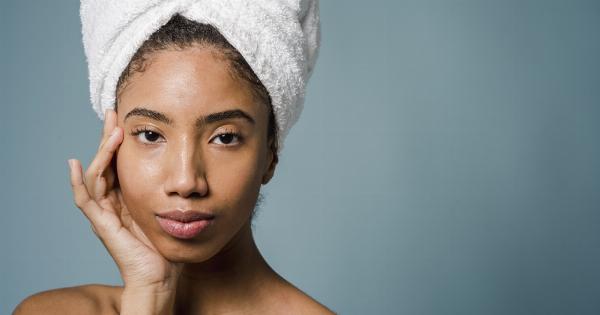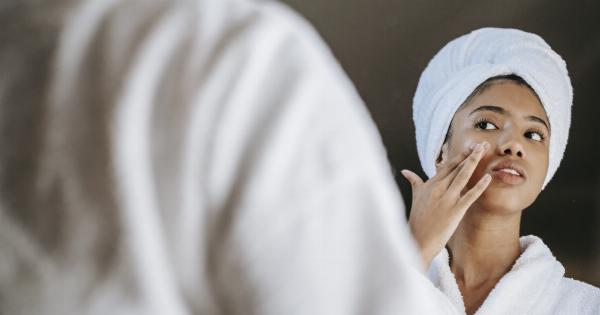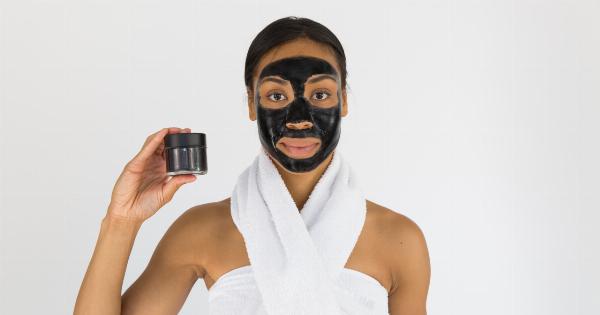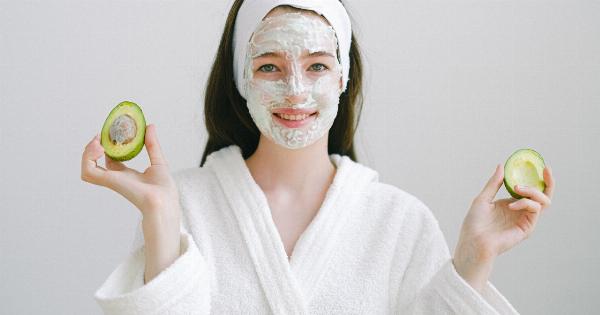Retinol is a powerful ingredient that has gained significant popularity in the skincare industry for its ability to promote youthful-looking skin.
Derived from vitamin A, retinol offers multiple benefits such as reducing wrinkles, improving skin texture, and enhancing overall skin tone. In this article, we will delve deeper into the science behind retinol and its remarkable effects on the skin.
Understanding Retinol
Retinol, a form of vitamin A, belongs to the retinoid family of compounds. It is an essential nutrient that assists in various physiological processes, including vision, immune function, and cellular communication.
When incorporated into skincare products, retinol works wonders for the skin due to its exceptional molecular structure.
The Science Behind Retinol’s Effectiveness
Retinol exerts its beneficial effects on the skin through a series of complex mechanisms. When applied topically, retinol penetrates the skin’s outermost layer, the epidermis, and is converted into retinoic acid.
Retinoic acid then binds to specific receptors on skin cells, triggering a cascade of events that can dramatically improve the skin’s appearance and function.
Benefits of Retinol for Youthful Skin
Retinol offers an array of benefits that contribute to achieving and maintaining youthful-looking skin. Let’s explore some of the incredible advantages this powerful ingredient provides:.
1. Reduction of Wrinkles and Fine Lines
Retinol has been widely recognized for its ability to reduce the appearance of wrinkles and fine lines. It stimulates collagen production, a protein responsible for maintaining skin elasticity and preventing sagging.
By promoting collagen synthesis, retinol effectively diminishes the depth and severity of wrinkles, resulting in smoother and more youthful-looking skin.
2. Improved Skin Texture
If you struggle with uneven skin texture, retinol might be your new best friend. This remarkable ingredient promotes cellular turnover, which helps shed dead skin cells and reveal newer, fresher skin underneath.
Regular use of retinol can lead to a smoother, more refined skin texture, reducing the appearance of roughness, bumps, and large pores.
3. Evened-out Skin Tone
Retinol possesses impressive skin brightening properties that can help even out your skin tone. It inhibits the production of excess melanin, the pigment responsible for dark spots, age spots, and hyperpigmentation.
By decreasing melanin production, retinol can effectively fade dark spots and give your skin a more balanced and radiant appearance.
4. Minimized Acne and Breakouts
Acne-prone individuals will find retinol particularly beneficial. By regulating the sebum production and preventing clogged pores, retinol helps minimize acne and breakouts.
Additionally, retinol exhibits anti-inflammatory properties, reducing redness and inflammation associated with acne. It can truly transform acne-prone skin by diminishing existing blemishes and preventing new ones from forming.
5. Enhanced Skin Moisture and Hydration
Retinol not only addresses various skin concerns but also promotes optimal moisture and hydration levels. It strengthens the skin’s barrier function, preventing transepidermal water loss and ensuring adequate hydration.
With regular use, you can enjoy plumper, softer, and well-hydrated skin, diminishing the appearance of dryness and flakiness.
6. Protection Against Environmental Damage
Our skin often faces damage caused by environmental factors, such as UV radiation and pollution. Retinol combats these damaging effects by neutralizing free radicals, unstable molecules that contribute to premature aging.
Furthermore, retinol boosts the skin’s natural defense mechanisms, enhancing its resilience against environmental aggressors.
Best Practices for Using Retinol
While retinol offers remarkable benefits, it’s essential to use it correctly to maximize its effectiveness and minimize potential side effects. Here are some best practices for incorporating retinol into your skincare routine:.
1. Start with a Low Concentration
If you’re new to retinol, begin with a product that has a low concentration, typically around 0.1% or less. This allows your skin to acclimate to the ingredient gradually, reducing the likelihood of irritation or peeling.
2. Patch Test Before Full Application
Before applying retinol all over your face, perform a patch test on a small area of skin. This will help you determine if your skin tolerates retinol well or if any adverse reactions occur.
3. Use Retinol at Night
Retinol can increase your skin’s sensitivity to sunlight. To avoid potential sun damage, apply retinol-containing products exclusively during your evening skincare routine. Remember to follow up with a broad-spectrum sunscreen during the day.
4. Gradually Increase Frequency
Begin by using retinol every other night, and then gradually increase the frequency as your skin adjusts. This method allows your skin to build tolerance and minimize any initial side effects.
5. Moisturize and Hydrate
Retinol may cause temporary dryness or peeling, especially during the initial stages of usage. Ensure you moisturize your skin adequately and use hydrating serums to counteract any potential dryness.
6. Avoid Harsh Exfoliants
While using retinol, it’s advisable to avoid harsh physical or chemical exfoliants, as they can further irritate the skin. Opt for gentle cleansers and mild exfoliation methods to maintain a balanced skincare routine.
Conclusion
Retinol has earned its reputation as a powerhouse ingredient for achieving youthful-looking skin.
Its ability to reduce wrinkles, improve skin texture, even out skin tone, minimize acne, and enhance moisture levels makes it a must-have in any skincare regimen. By understanding how retinol works and following best practices, you can unlock the full potential of this remarkable ingredient and enjoy the myriad benefits it has to offer.


























